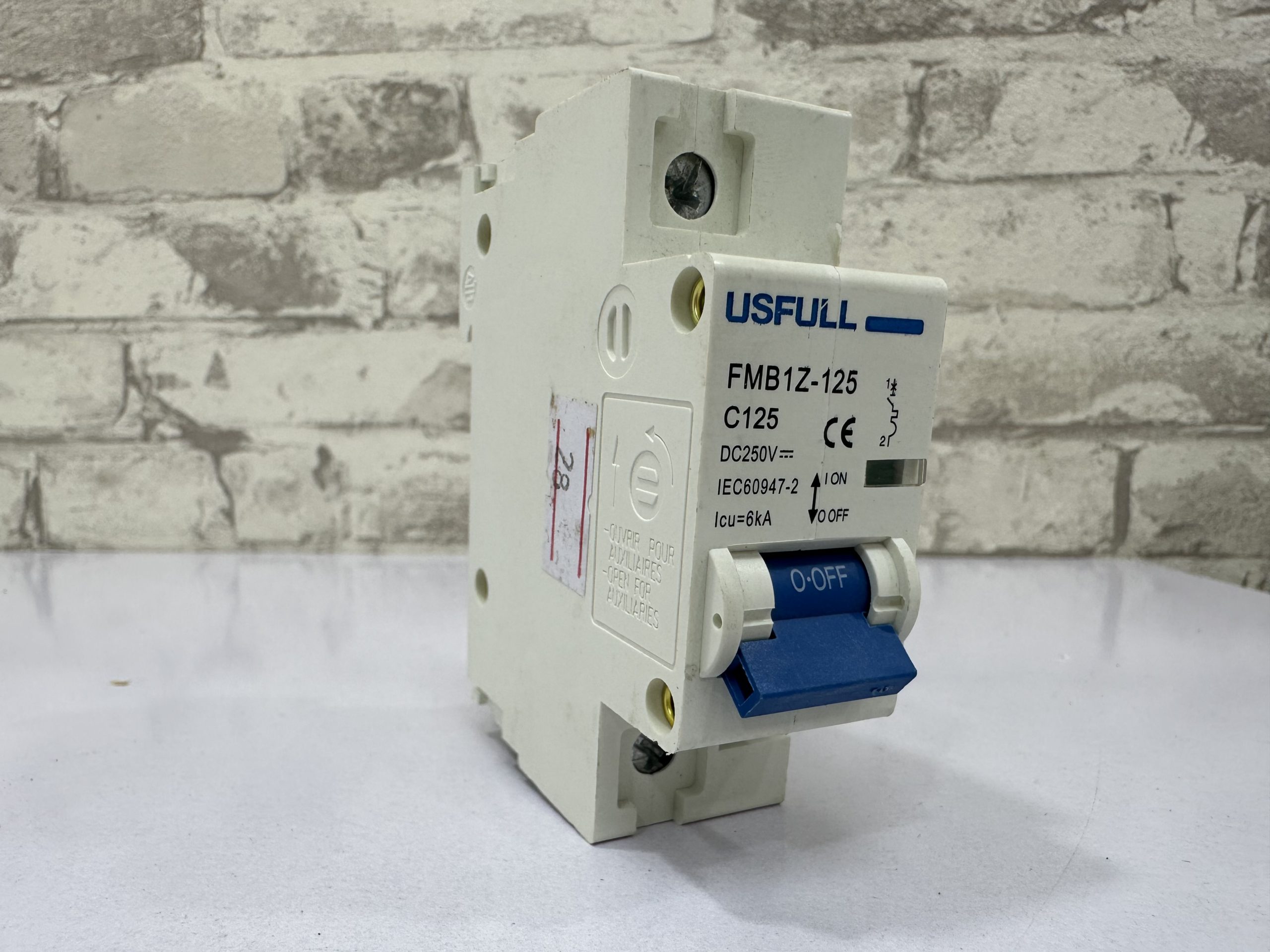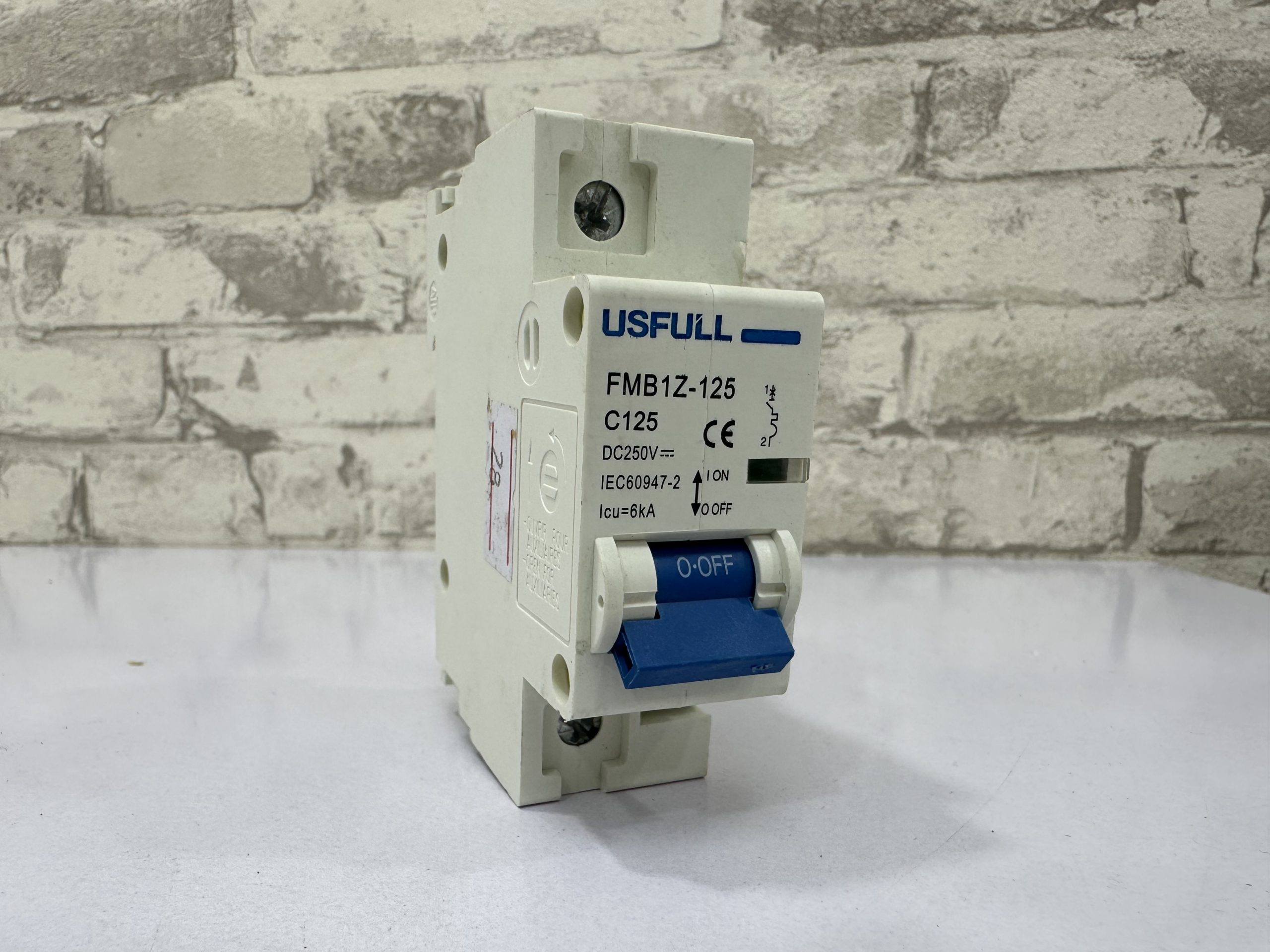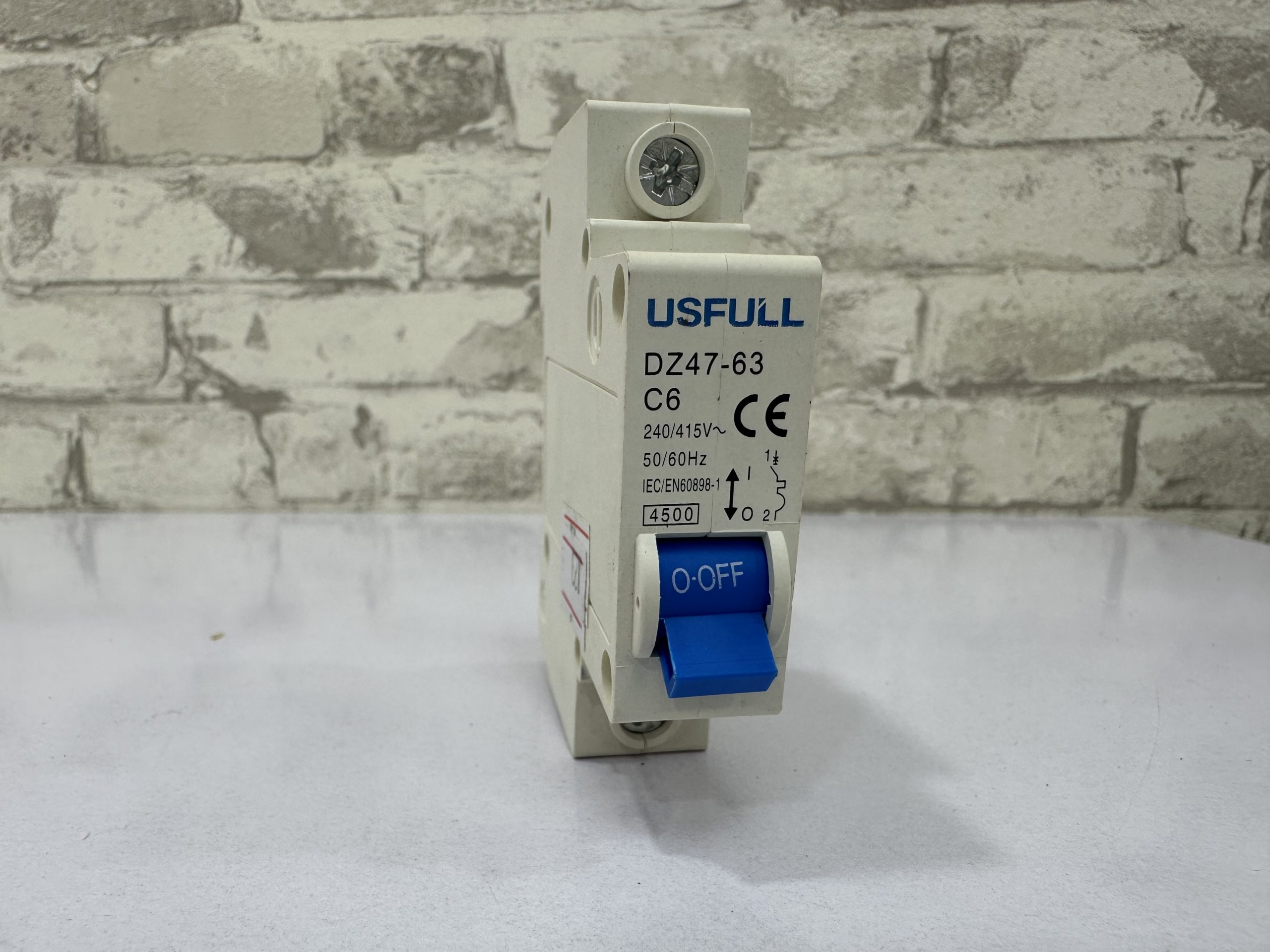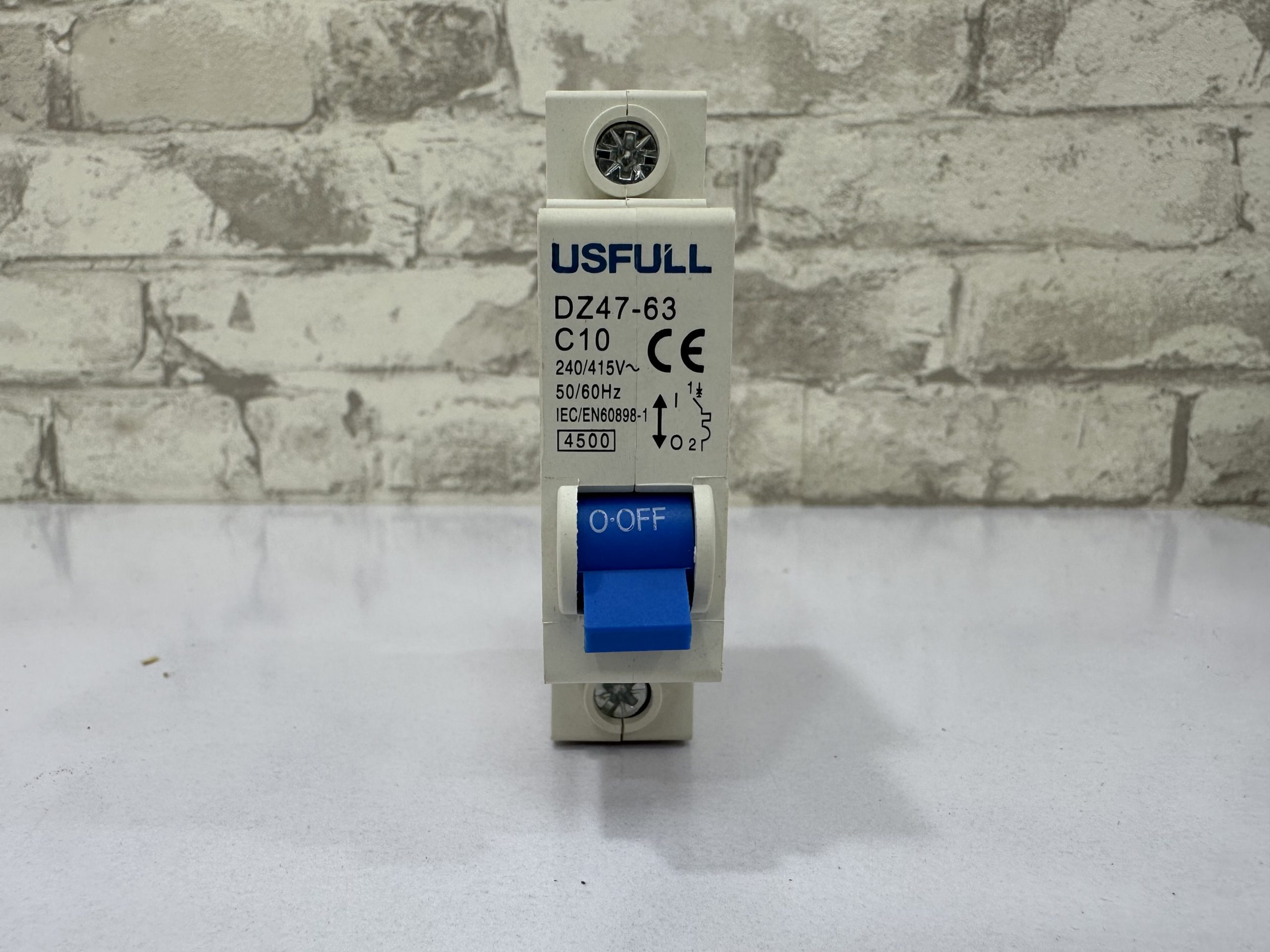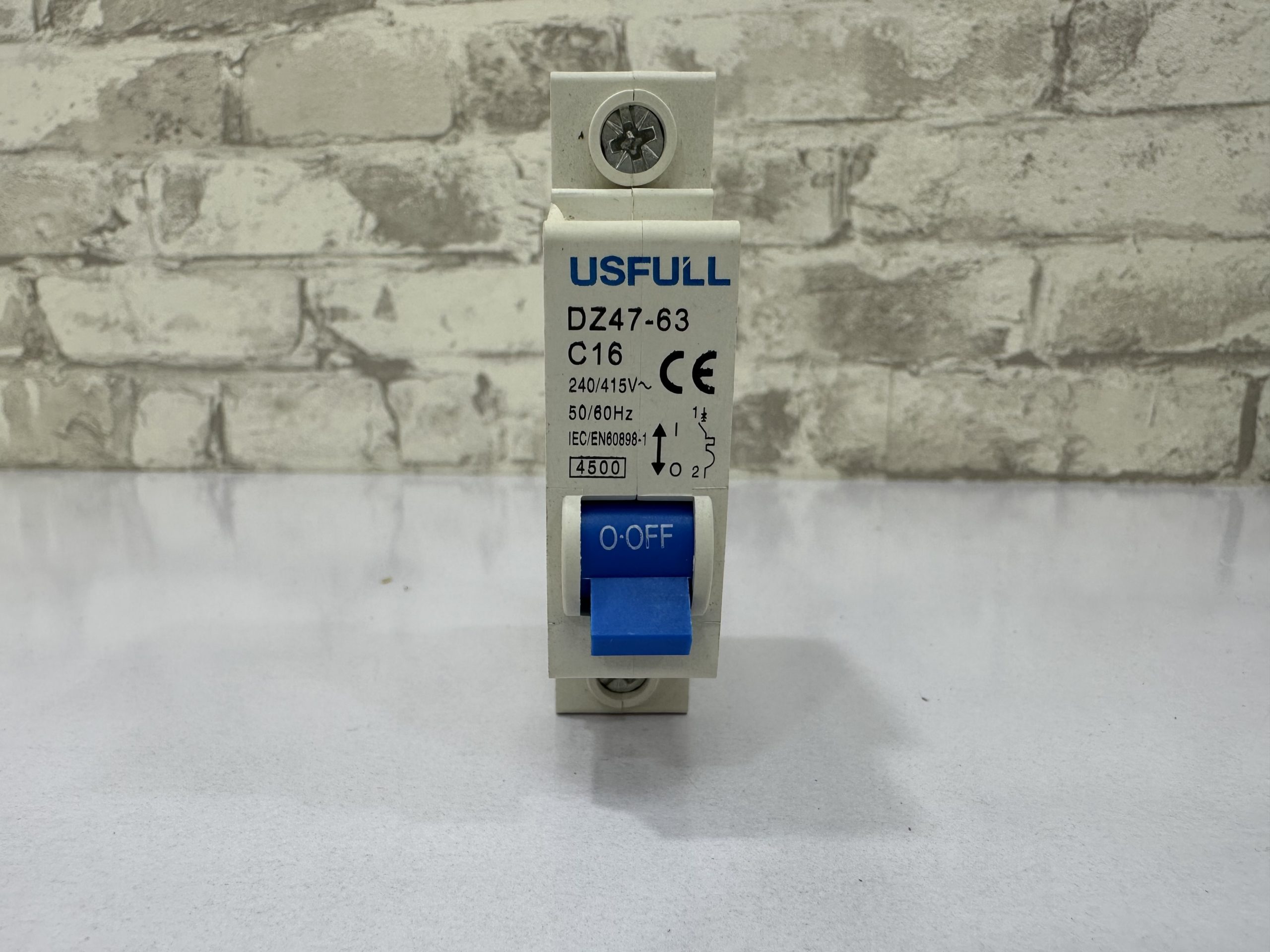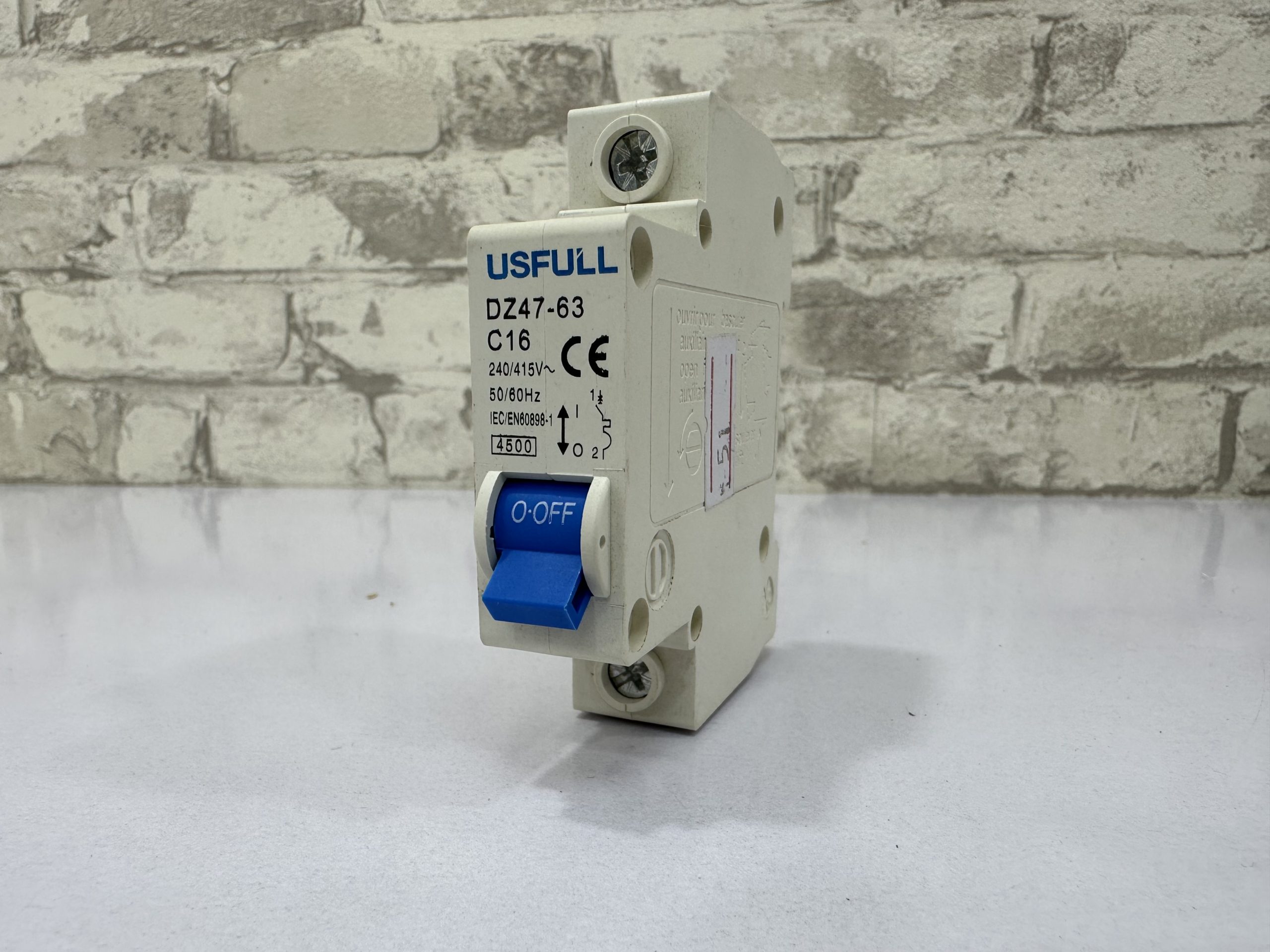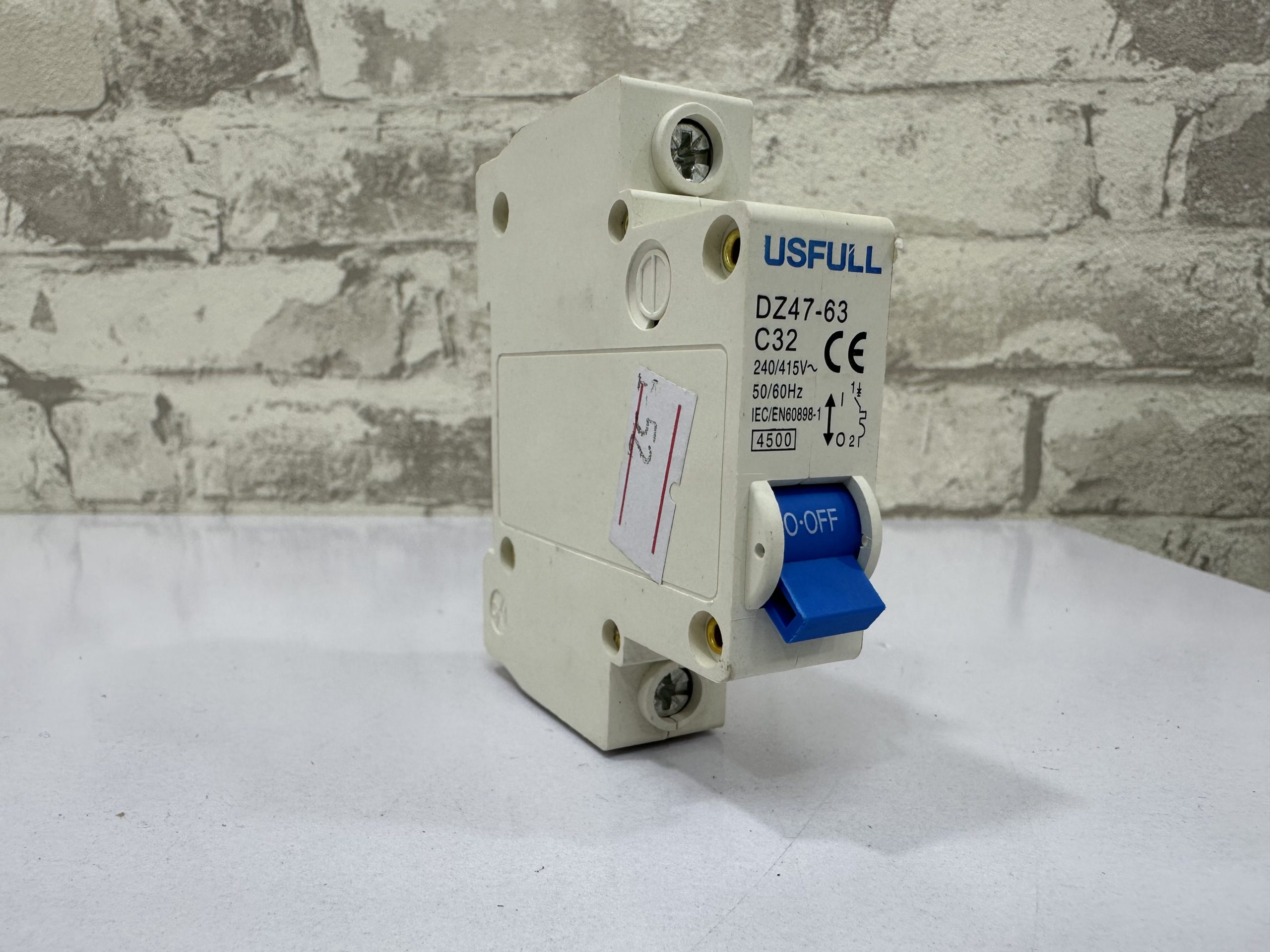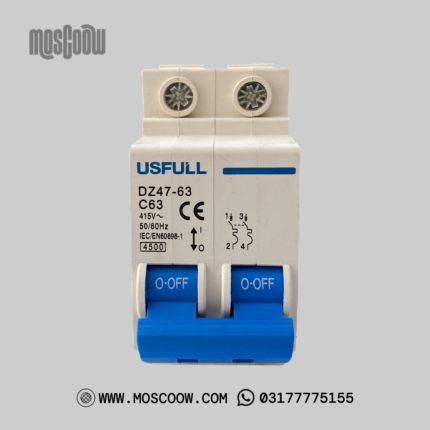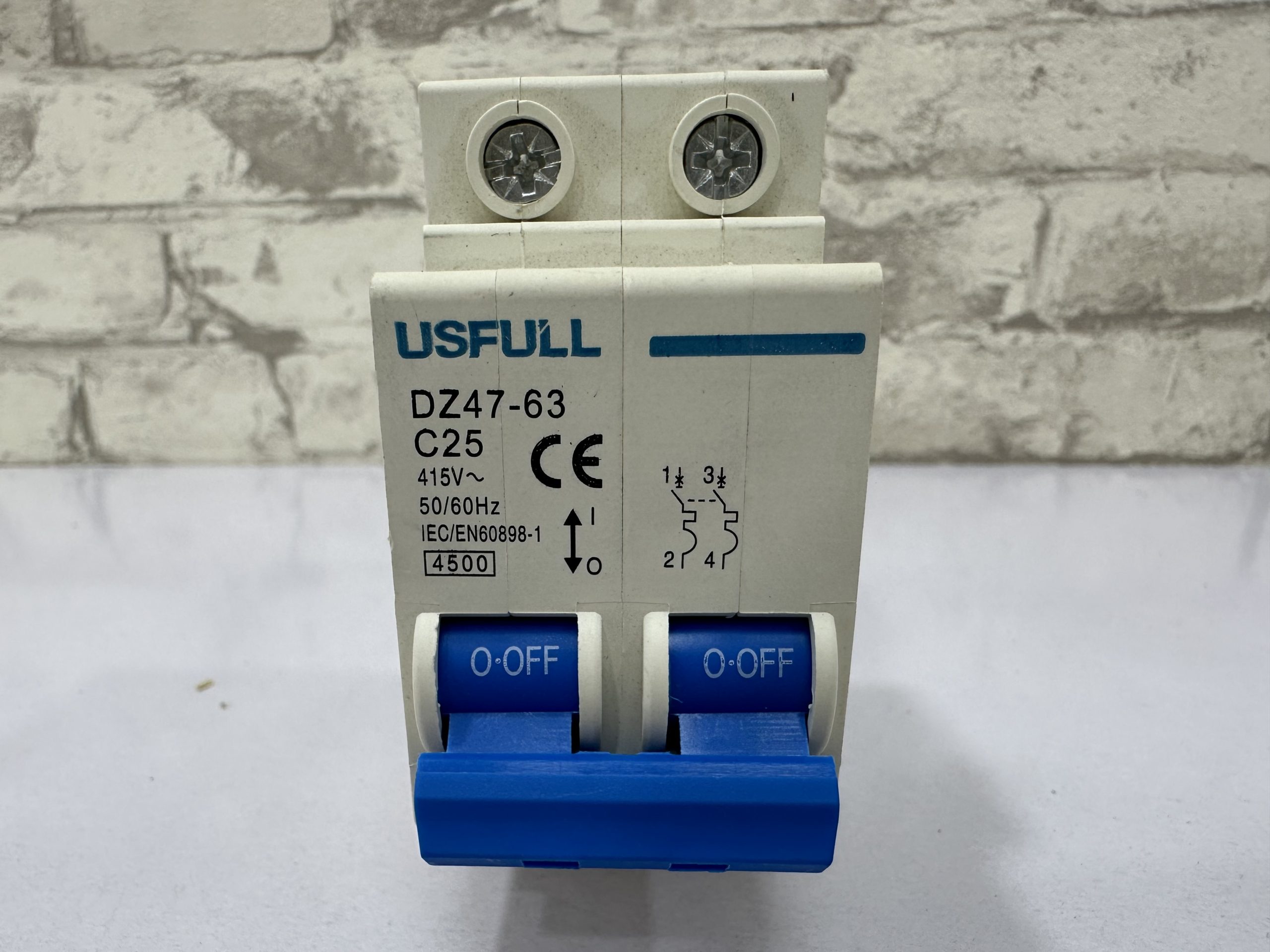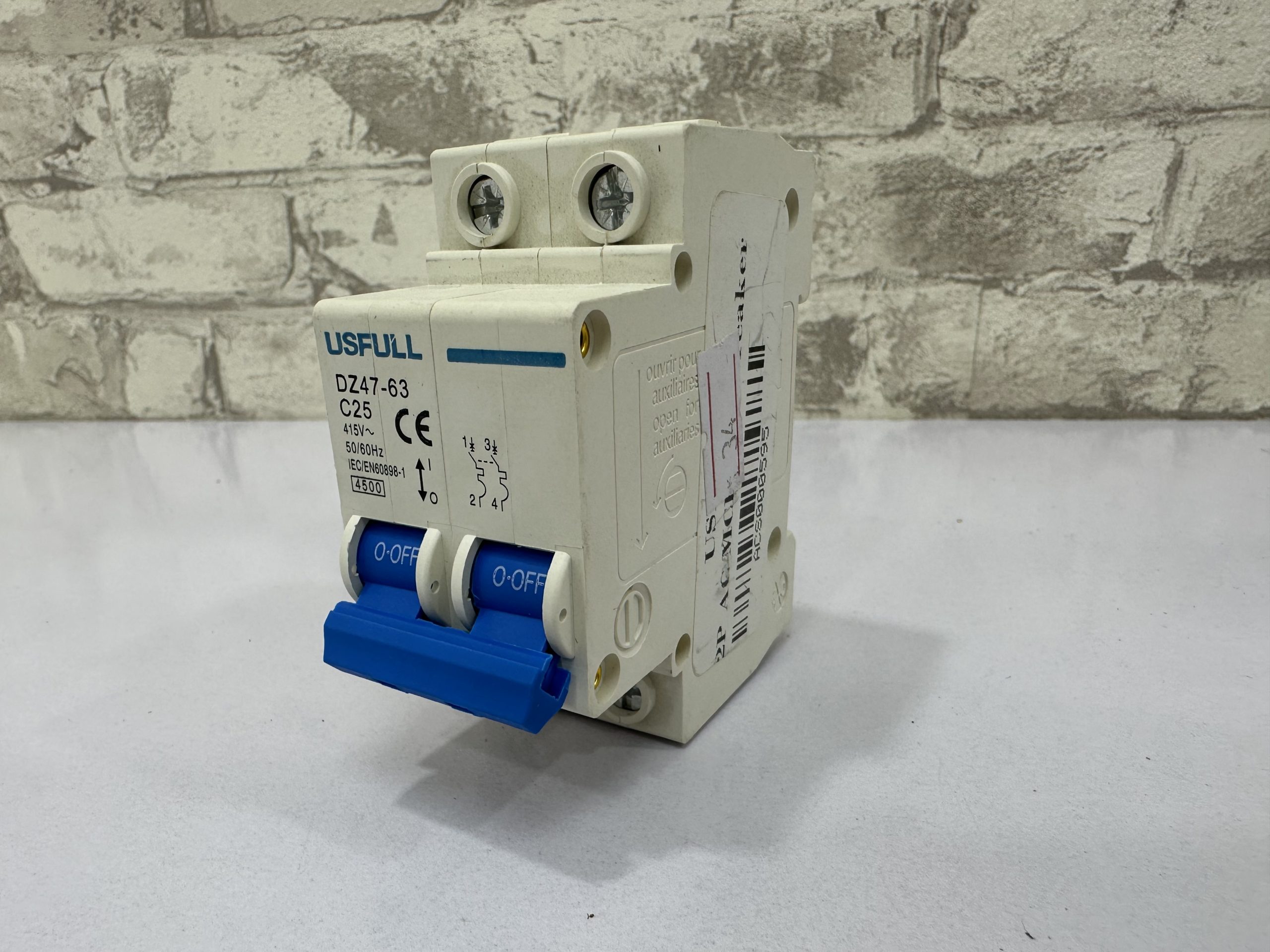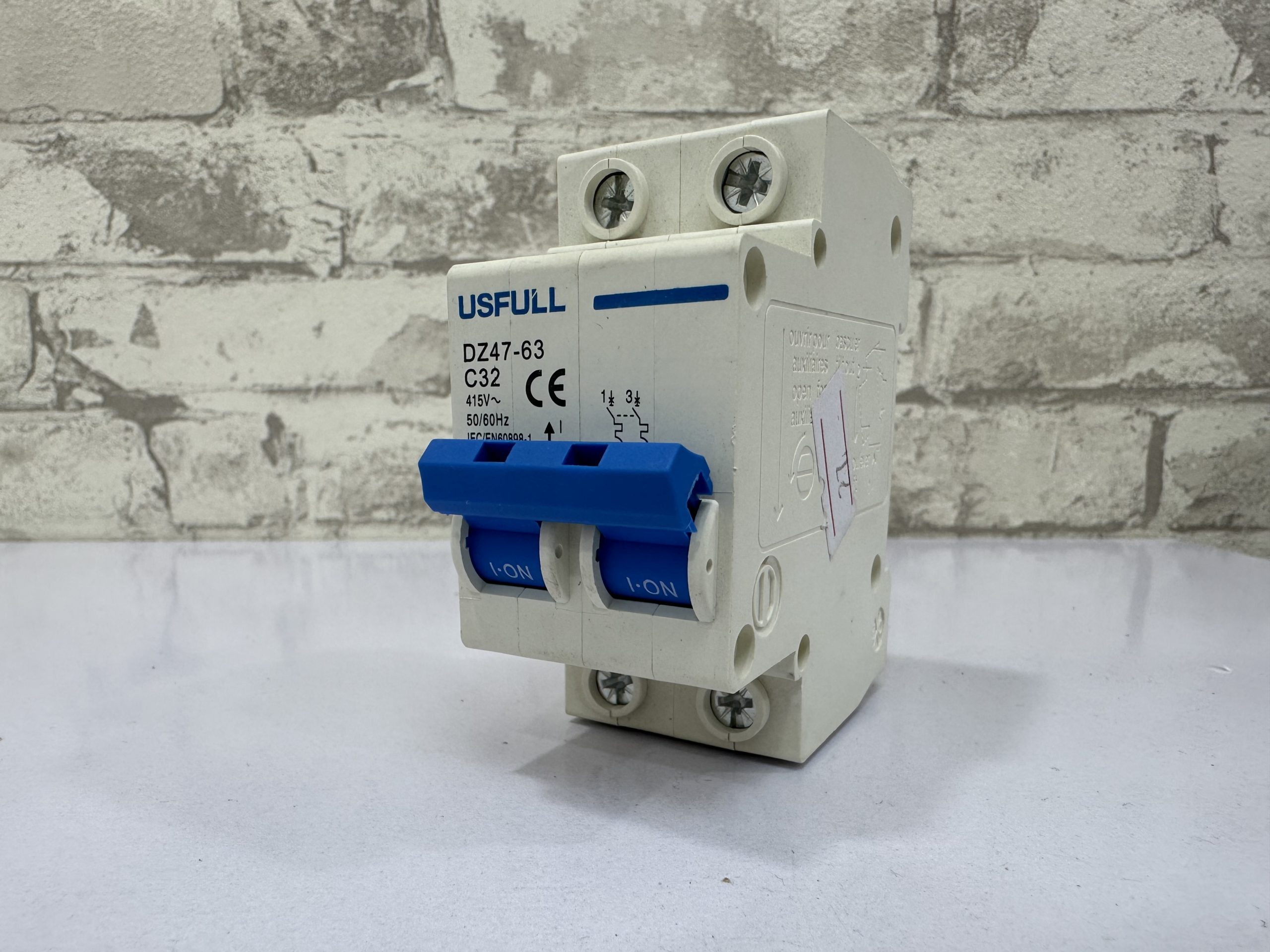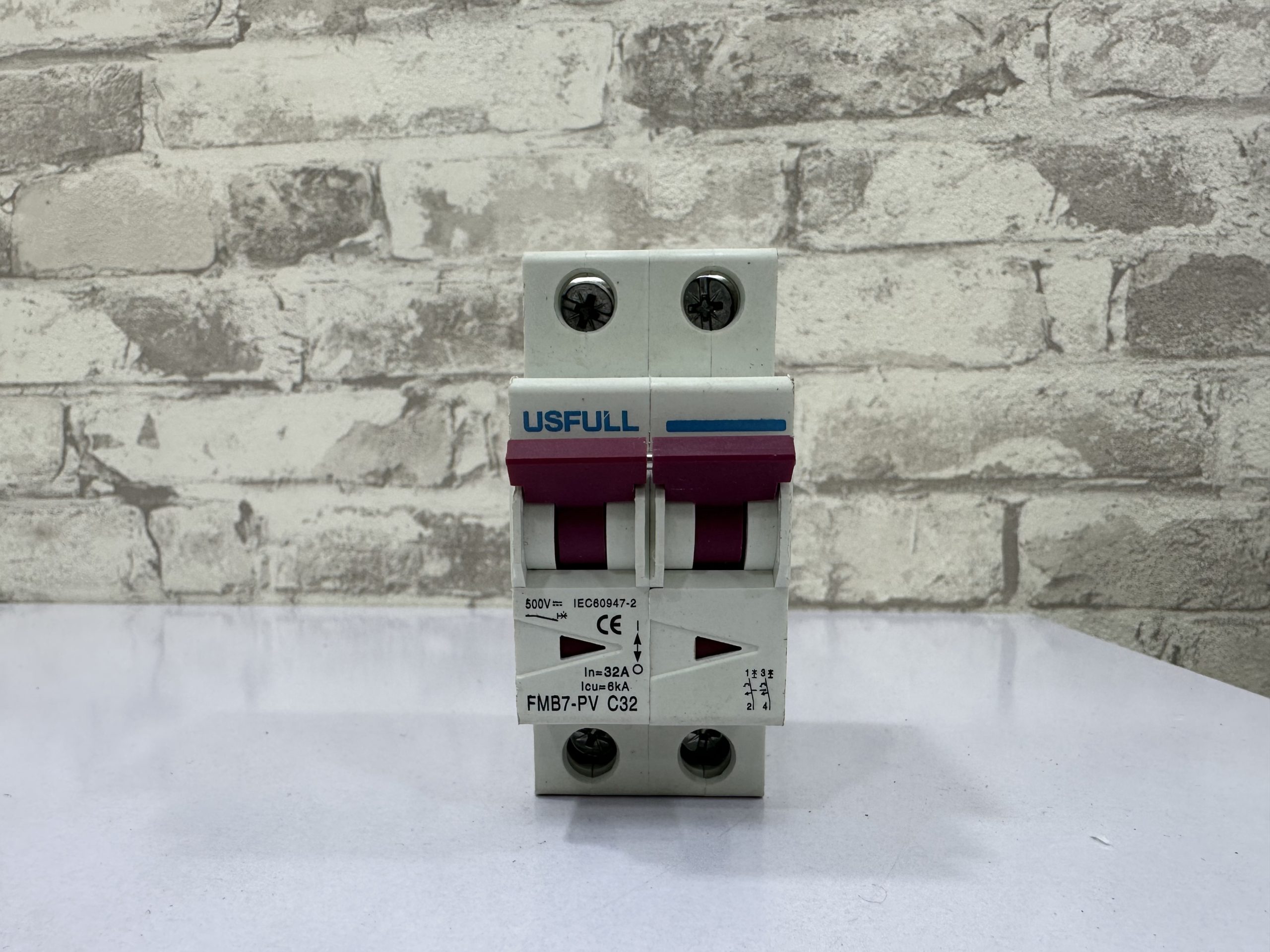1 Pole 125Amp AC Breaker
1 Pole 6Amp AC Breaker
1 Pole 10Amp AC Breaker
1 Pole 16Amp AC Breaker
1 Pole 32Amp AC Breaker
USFULL DC Breaker
2 Pole 25Amp AC Breaker
2 Pole 32Amp AC Breaker
2 Pole 32Amp DC Breaker
2 Pole 125Amp AC Breaker
More About Circuit Breakers:
Circuit breakers are electrical safety devices that automatically interrupt the flow of electrical current when it becomes too high. They are produce to prevent damage to appliances and electrical circuits from overloading or short circuits. The breaker trips and stops the flow of current when there is an overload or short circuit. This happens when the current flowing through the breaker goes above the safe level. This stops the electrical system from getting too hot, which could lead to fires or other dangers.
Electrical systems in residential, commercial, and industrial settings typically contain breakers. From small residential breakers to large industrial breakers that are able to withstand high voltage and current, they are available in a variety of sizes and types to accommodate a variety of applications. These breakers not only keep electrical systems safe, but they also make it simple to get power back after a circuit overload. The circuit can be reenergize and power restored to the affect area by simply resetting the breaker.
Features:
- Overload protection: Overload currents, which can occur when too many appliances are connect to a single circuit are protect by the breakers.
- Short-circuit protection: Electrical circuits are also protect from short circuits. Which can occur when a hot wire comes into contact with a neutral wire, causing a high current to flow. Short circuits are prevented by the breakers.
- Automatic tripping mechanism: The breakers have a system that naturally outings or opens the circuit when the current surpasses the breaker’s evaluated limit. The wiring and electrical appliances are spares by this mechanism.
- Manual operation: Additionally, it is possible to manually operate the breakers in order to disconnect the power supply to a specific appliance or circuit.
- Resettable: The breakers can be reset after they have stumble or open the circuit. They are more convenient than fuses. Which must be replace after they blow, because of this feature.
- Different sizes and ratings: Depending on the current capacity of the circuit they are protecting, breakers come in a variety of sizes and ratings.
- Electrical insulation: In order to prevent arcing and damage to the contacts. The breakers are design to provide electrical insulation between the contacts.
As a whole, the breakers contribute to the safety of electrical systems by shielding people and equipment from electrical dangers.

